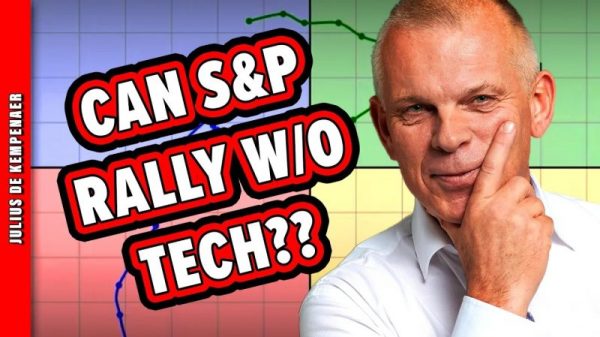Analyzing the SPY is one of the main activities that most investors and traders conduct on a daily basis. SPY, or SPDR S&P 500 ETF, is one of the most frequently traded and scrutinized ETFs, so understanding when a pullback is over can be a crucial insight to many. Below, we will walk through fundamental attributes, technical analysis tools, and key indicators that can assist in determining when the negative momentum of a pullback may be coming to an end.
To start with, understanding the nature and reasons behind a market pullback is of paramount importance. Simply defined, a pullback occurs when a market starts to decline after a period of rising prices, offering a potential buying opportunity. These dips in price can be driven by numerous factors ranging from macroeconomic concerns, geopolitical tensions, unexpected corporate news, or even just market sentiment turning negative.
Let’s delve into the essential techniques and indicators you can use to determine if a pullback is concluding.
1. Moving Averages: Moving averages are a significant tool in technical analysis, used to smooth out price action by filtering out the noise from random price fluctuations. The 200-day moving average (200D MA) is a key zone of interest. When the SPY price is below its 200D MA, and then crosses above it, then it’s often a signal that the pullback may be over.
2. Relative Strength Index (RSI): The RSI is a momentum oscillator that measures the speed and change of price movements. It’s usually depicted on a scale from 0 to 100, with a higher value indicating overbought conditions and a lower value suggesting oversold conditions. If the SPY’s RSI dips below 30 and then starts to climb upwards, it could indicate that the pullback might be nearing its end.
3. Trading Volume: Volume could also provide hints on whether the pullback is over. During a pullback, it is expected to see increased selling volume. However, when this volume starts to decrease, and buying volume begins to pick up, then it can suggest the negative trend may be reversing.
4. Candlestick Patterns: For traders, candlestick chart patterns serve as a viable way to comprehend price movements. Certain bullish reversal patterns, such as hammer, bullish engulfing, and piercing line, can be signs to watch for. Identification of these patterns during a pullback could be a sign that the downward trend is reversing.
5. Market Sentiment:






























